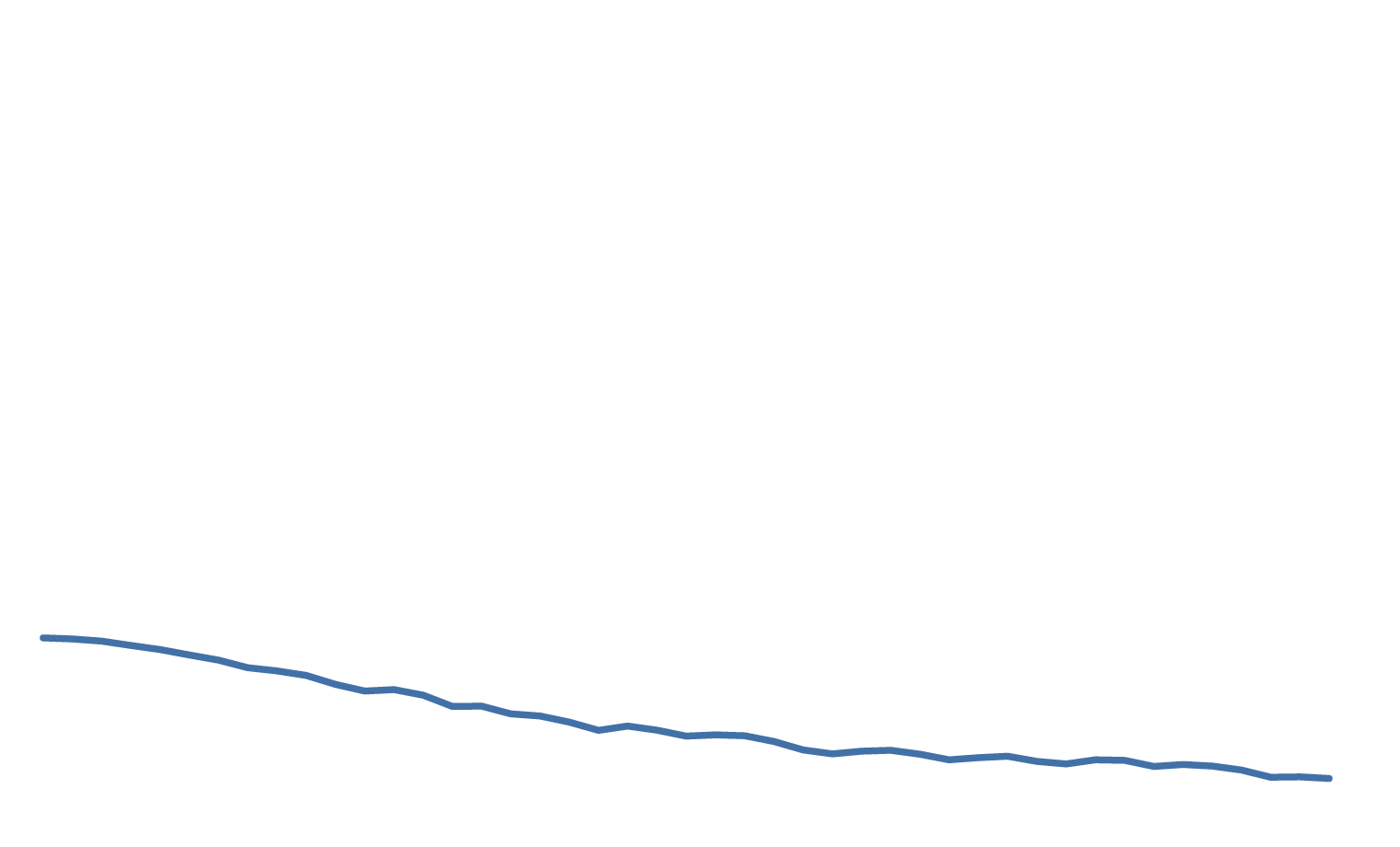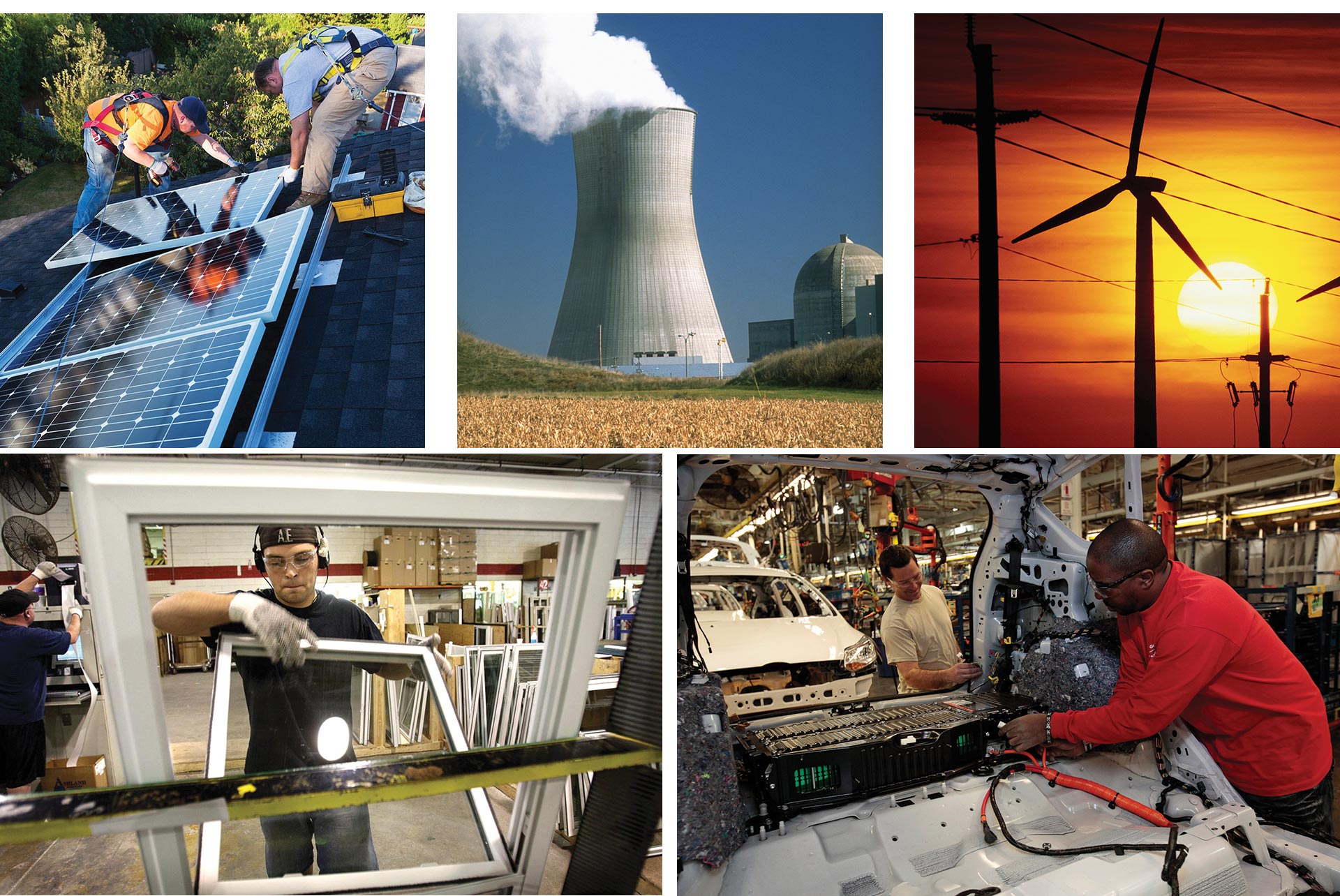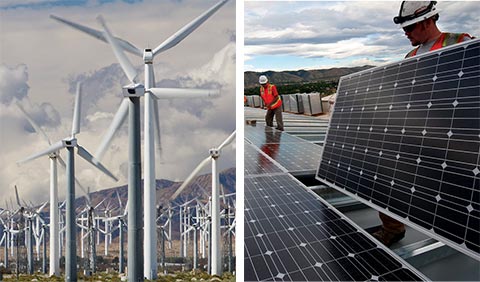Introduction
Mitigation refers to actions that reduce the human contribution to the planetary greenhouse effect. Mitigation actions include lowering emissions of greenhouse gases like carbon dioxide and methane, and particles like black carbon (soot) that have a warming effect. Increasing the net uptake of carbon dioxide through land-use change and forestry can make a contribution as well. As a whole, human activities result in higher global concentrations of greenhouse gases and to a warming of the planet – and the effect is increased by various self-reinforcing cycles in the Earth system (such as the way melting sea ice results in more dark ocean water, which absorbs more heat, and leads to more sea ice loss). Also, the absorption of increased carbon dioxide by the oceans is leading to increased ocean acidity with adverse effects on marine ecosystems.
Four mitigation-related topics are assessed in this chapter. First, it presents an overview of greenhouse gas emissions and their climate influence to provide a context for discussion of mitigation efforts. Second, the chapter provides a survey of activities contributing to U.S. emissions of carbon dioxide and other greenhouse gases. Third, it provides a summary of current government and voluntary efforts to manage these emissions. Finally, there is an assessment of the adequacy of these efforts relative to the magnitude of the climate change threat and a discussion of preparation for potential future action. While the chapter presents a brief overview of mitigation issues, it does not provide a comprehensive discussion of policy options, nor does it attempt to review or analyze the range of technologies available to reduce emissions.
These topics have also been the subject of other assessments, including those by the National Academy of Sciences53 and the U.S. Department of Energy.76 Mitigation topics are addressed throughout this report (see Ch. 4: Energy, Key Message 5; Ch. 5: Transportation, Key Message 4; Ch. 7: Forests, Key Message 4; Ch. 9: Human Health, Key Message 4; Ch. 10: Energy, Water, and Land, Key Messages 1, 2, 3; Ch. 13: Land Use & Land Cover Change, Key Messages 2, 4; Ch. 15: Biogeochemical Cycles, Key Message 3; Ch. 26: Decision Support, Key Messages 1, 2, 3; Appendix 3: Climate Science Supplemental Message 5; Appendix 4: FAQs N, S, X, Y, Z).


























